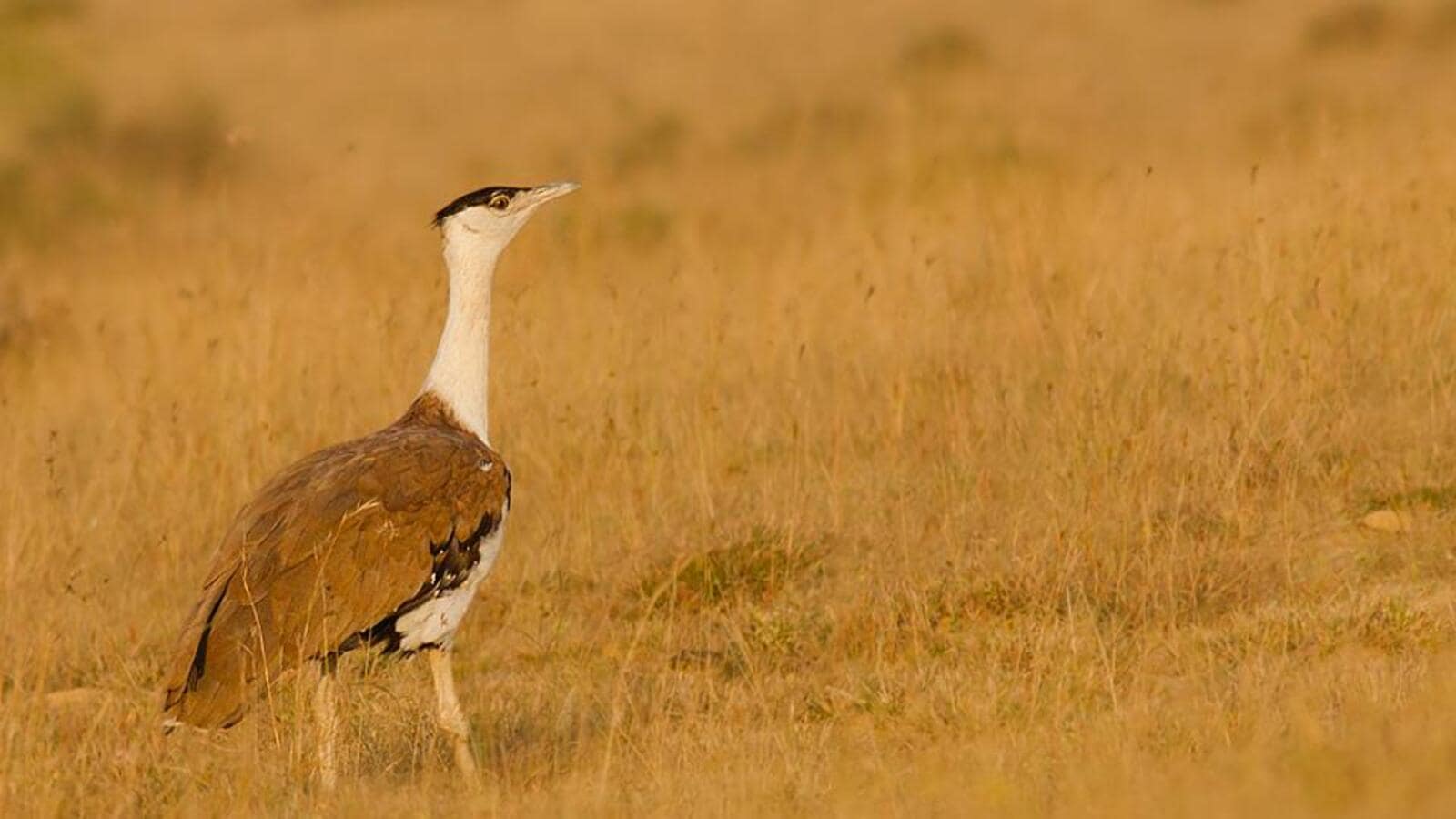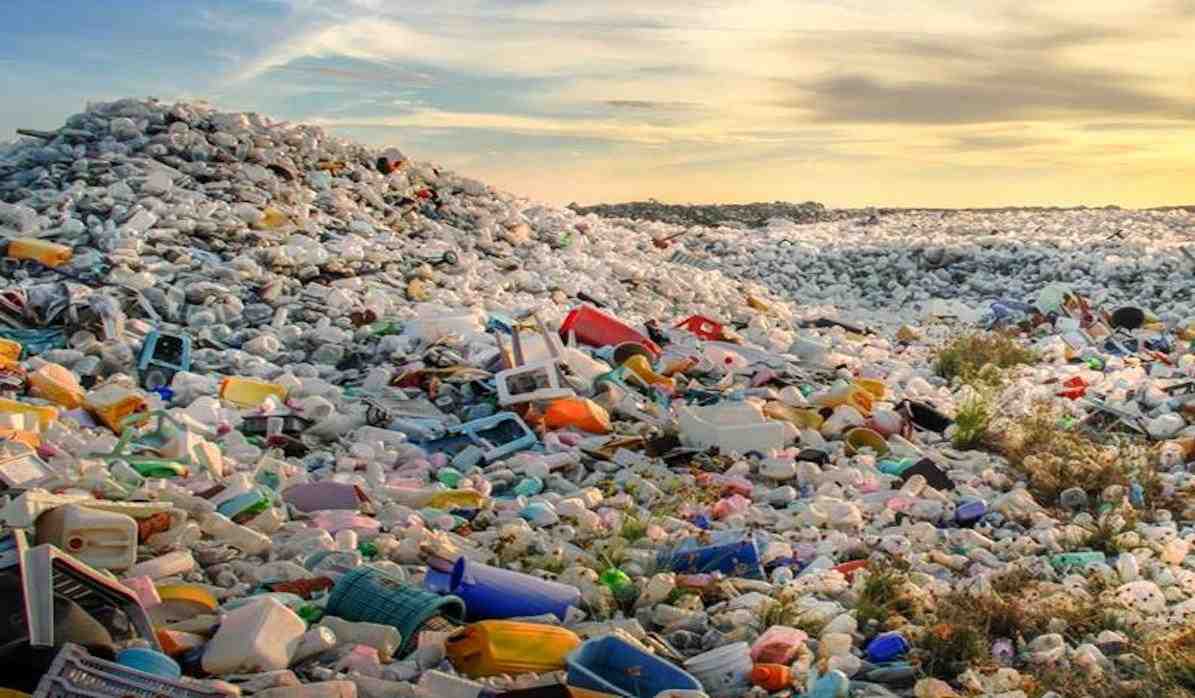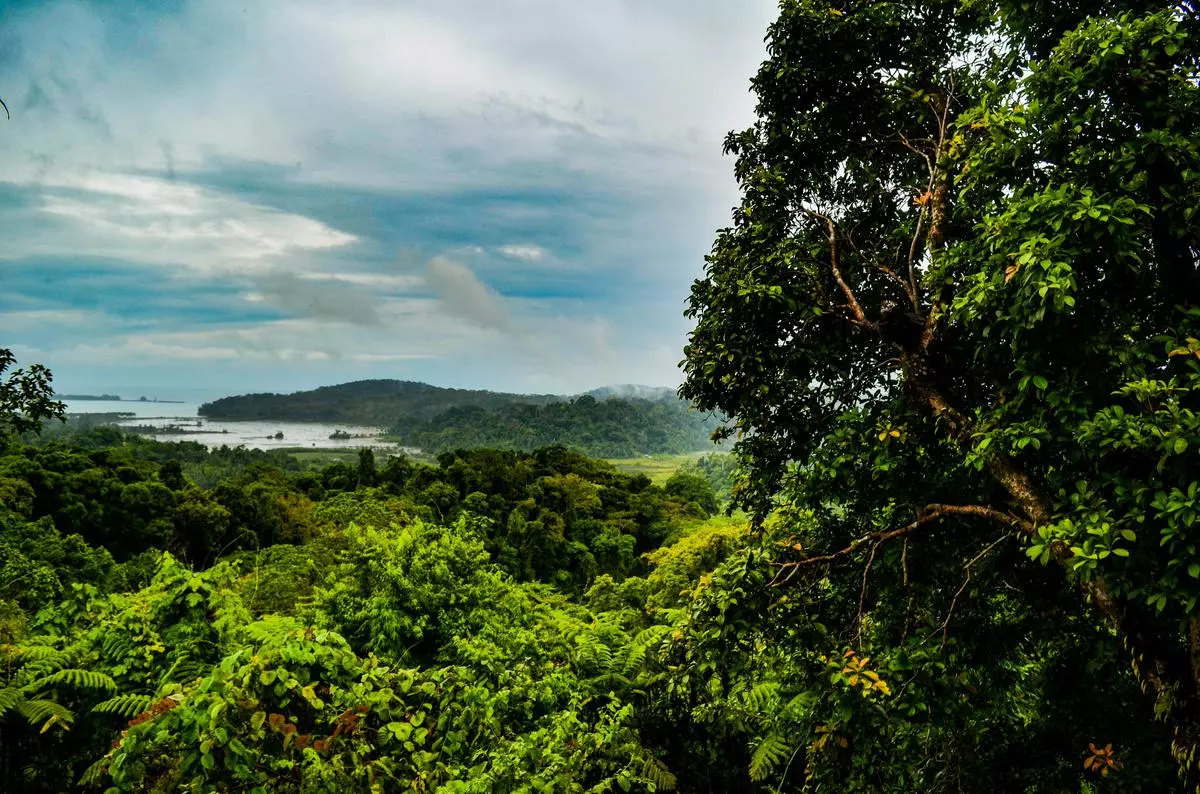Seventy-three species in India are critically endangered, the Union atmosphere ministry knowledgeable the Rajya Sabha citing a report of the International Union for Conservation of Nature (IUCN), up from 47 in 2011.
The 73 species embrace 9 species of mammals, 18 birds, 26 reptiles and 20 amphibians, in line with IUCN standards.
IUCN, which screens well being and standing of biodiversity globally, declares a species as critically endangered when it’s thought-about to be going through an especially excessive danger of extinction within the wild.
In September 2011, 47 species in India had been recognized as “critically endangered” within the class of mammals, birds, reptiles, fish and amphibians, in line with data offered by the ministry in Lok Sabha.
The authorities is now contemplating the inclusion of most critically endangered species within the Schedule-I of Wild Life (Protection) Act, 1972, to offer the best degree of safety, minister of state, atmosphere, Ashwini Kumar Choubey advised the Rajya Sabha on Thursday in response to a query by Congress MP Mukul Wasnik.
Wasnik requested if the federal government has any plans for the safety and conservation of the critically endangered species.
To this, Choubey stated that out of the 9 species of mammals thought-about critically endangered, eight are endemic, which implies that their habitat is restricted to a small geographic space inside India.
These embrace the Kashmir Stag/Hangul, Malabar Large-spotted Civet, Andaman Shrew, Jenkin’s Shrew, Nicobar Shrew, Namdhapa Flying Squirrel, Large Rock Rat and Leafletted Leafnosed Bat.
The 18 critically endangered chicken species embrace Baer’s Pochard, Great Indian Bustard, Sociable Lapwing, Red headed Vulture, the White Rumped Vulture, Indian Vulture and Slender billed Vulture.
Of the 26 reptile species, 5 are endemic to India together with Island Pit Viper whose habitat is restricted to a single location within the Car Nicobar Island.
Among amphibians, a number of species are restricted to habitats within the Western Ghats, the northeast, and Andaman and Nicobar Islands.
The Charles Darwin’s Frog for instance in Andaman has an extent of incidence lower than 100 sq. km, its distribution is severely fragmented, and there’s a persevering with decline within the space.
The Dattatreya Night Frog has an extent of incidence of lower than 30 sq. km with all people in a single threat-defined location in line with the MoEFCC.
The Centre has been monitoring these species by way of numerous initiatives.
For occasion, the division of science and expertise supported a venture on the White-bellied Heron in Namdapha Tiger Reserve, Arunachal Pradesh, to check their foraging conduct. The species is just present in Arunachal Pradesh and Assam.
At current, the worldwide inhabitants of this species is lower than 60 people, with simply 15 in protected space in India, the ministry knowledgeable Rajya Sabha.
MoEFCC has additionally proposed that endangered species be included in numerous appendices of the Convention on International Trade in Endangered Species of Wild Fauna and Flora (CITES) to curb trafficking.
The particulars offered by Choubey are crucial in view of the Kunming-Montreal Global Biodiversity Framework which was adopted on the UN Biodiversity Summit (COP15) final week.
Under the deal, 196 members nations agreed to guard 30% of the world for nature by 2030, scale back environmentally dangerous subsidies by a minimum of $500 billion a yr, and restore a minimum of 30% (by space) of degraded ecosystems.
Experts stated that the majority of India’s biodiversity is exterior India’s protected areas. “Even though the 30% coverage under conservation applies globally and not to individual countries, in India for certain biomes where the absolute area is limited, we have to possibly conserve almost 100% of what remains. Similarly, for conserving our highly endangered fresh-water aquatic fauna and the ecosystem services of riverine ecosystems, we may have to restore ecological flows and sediment regimes through alternative land-use and management of dams and barrages over more than 30% of our rivers,” defined Jagdish Krishnaswamy, dean, faculty of atmosphere and sustainability, Indian Institute for Human Settlements, Bengaluru, and senior adjunct fellow at Ashoka Trust for Research in Ecology and Environment.
“Only a fraction (~15%) of high priority biodiversity and conservation potential areas are encompassed under India’s extant protected area network which effectively covers 5% of India. However, to achieve a coverage of 30% of our land and water under biodiversity friendly management that also generates a diversity of ecosystem services including water and carbon services and enhances our resilience under climate change besides providing adaptation capacity, we have to reimagine conservation far beyond the conventional protected area approaches. Our conservation goals must be linked to making our soils healthier, protecting our water and achieving biodiversity targets in all types of ecosystems from the so-called semi-wild areas to agro-ecosystems as well as green and blue spaces in urbanising areas and mega-cities,” he added.

















